
Species going extinct is nothing new for Earth. It is a part of the natural evolution cycle. But the rates at which certain flora and fauna are going extinct, rings alarm bells for humankind.
The damage is likely to get worse, as natural environments are severely stressed as a result of population rise. Per capita resource is escalating and climate change is on the rise.
On this Earth Day, we revisit these magnificent creatures who were lost in the sands of time or fell prey to the perils of human development. Sadly, we will only see them as relics and in photos.
1) Pinta Island Tortoise
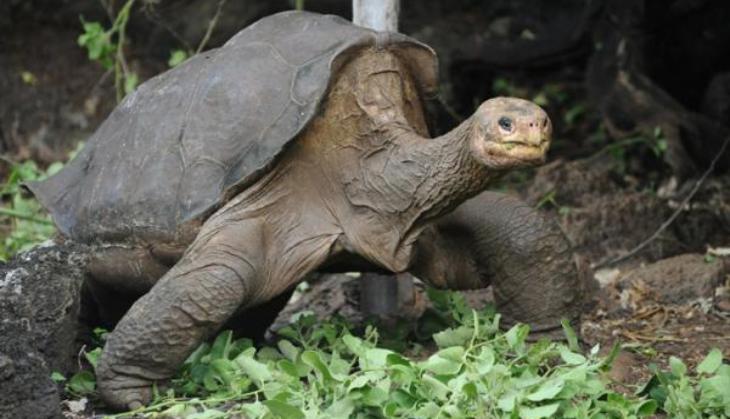
The last Pinta Island Tortoise, who was known by the name Lonesome George, died on 24 June 2012, in his pen at a research facility in Equador. The exact age of the tortoise has not been determined but it is said that he lived for a century.
2) West African Black Rhino
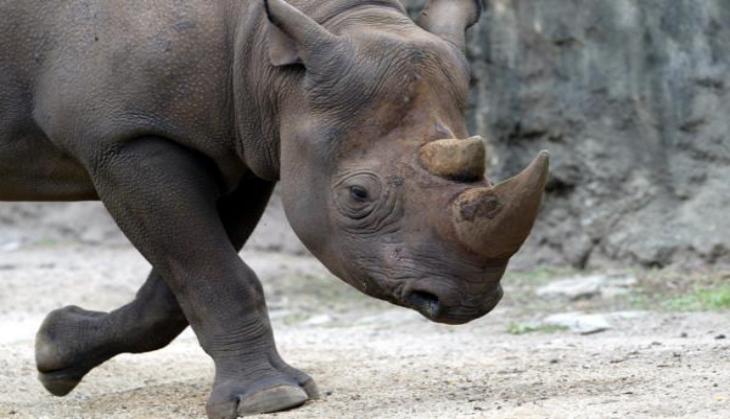
In 2006, intensive searches were conducted to locate any surviving West African black rhinos in their last refuges in northern Cameroon. After 48 field missions, no signs were found of their continued presence, although evidence of earlier poaching remained.
3) Golden Toad

The Golden Toad or the Monteverde Toad (they are also called Orange Toad) were known to exist only on a high altitude ridge in Monteverde, Costa Rica. The IUCN database entry states: "Formerly a common species, no specimen has been seen since 1989. It last bred in normal numbers in 1987, and its breeding sites were well known." Its demise is attributed to a combination of factors, including airborne pollution and habitat loss.
4) Canarian Oystercatcher
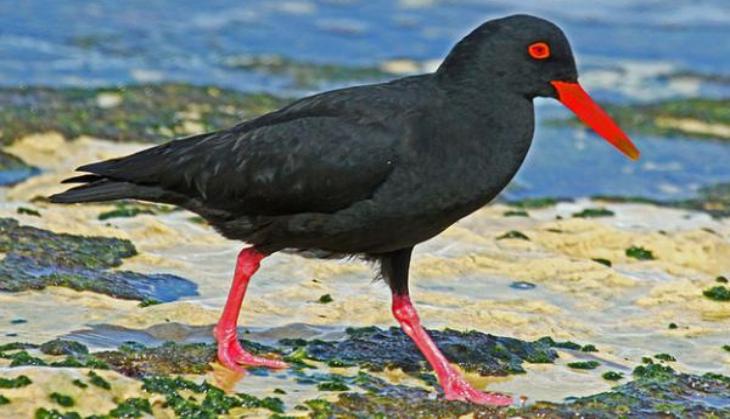
These shorebirds lived on the Canary Islands off the coast of West Africa, and died out due to depletion of its food source, shellfish, which was extensively fished. The sightings of the red-beaked creatures were reported through the '80s. By in 1994, it was officially declared extinct. Only four specimen of stuffed birds exist in museums today.
5) Javan Tiger
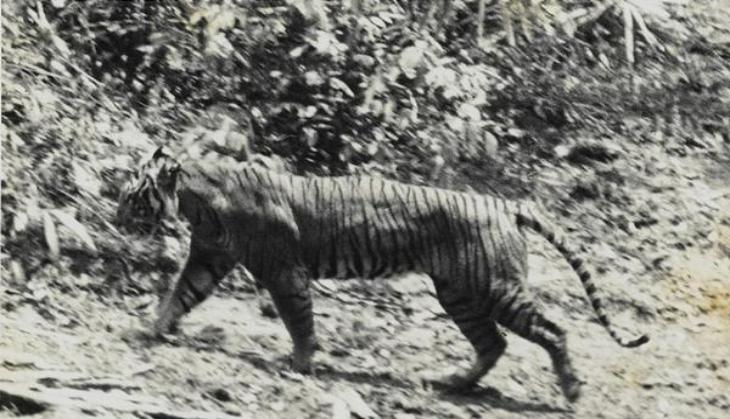
The Javan tiger is an extinct tiger subspecies that inhabited the Indonesian island of Java until the mid-1970s. It lost its habitat to extensive farming. By 1993, scientists declared it extinct. It is said that these creatures were quite similar in appearance to the still existing Sumatran tiger.
6) Baiji Dolphin
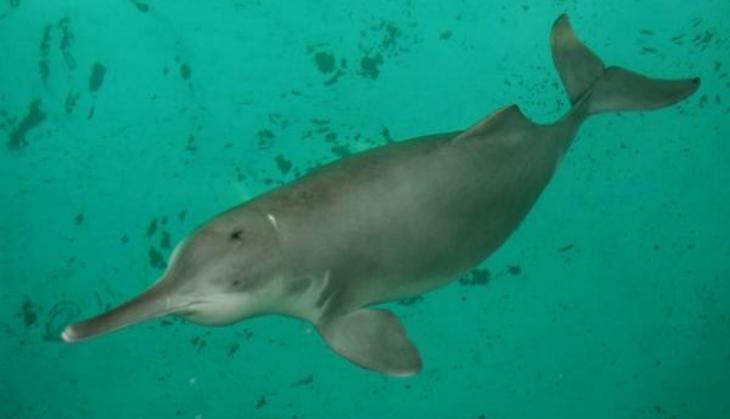
The last documented sighting of China's Baiji dolphin, or Yantze River dolphin, was in 2002, and while the species is listed as critically endangered, scientists say it may already be extinct. The species was once fairly prevalent, with up to 6000 of them thought to be living in the river system during the 1950s.
7) Pyrenean Ibex
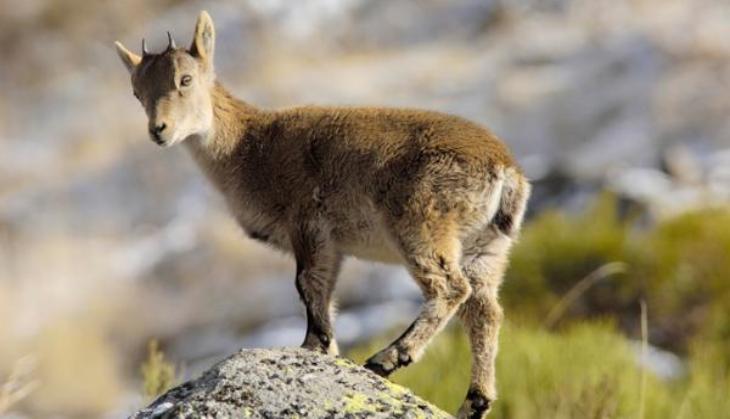
The Pyrenean ibex is one of the two extinct subspecies of the Spanish ibex. The species was once numerous and roamed across France and Spain, but by the early 1900s its numbers had fallen to fewer than 100. The last Pyrenean ibex, a female nicknamed Celia, was found dead in northern Spain on 6 January 2000, killed by a falling tree.
8) Liverpool Pigeon
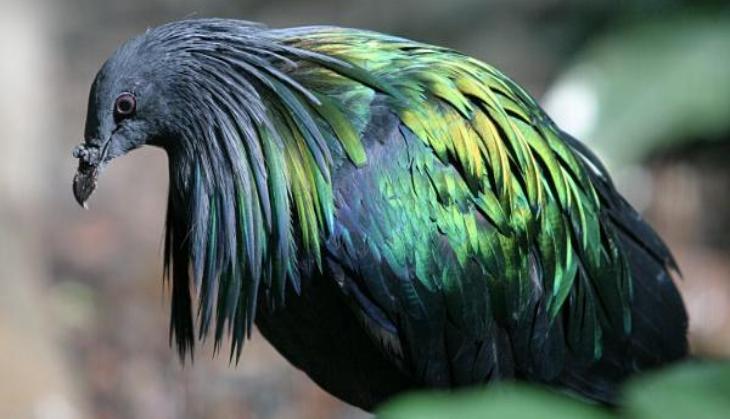
The Liverpool pigeon, or spotted green pigeon, is an extinct bird species of unknown origin, although some researchers speculate it might have lived in Tahiti. The only remaining specimen of the bird resides in the Merseyside County Museum, and scientists say it's likely that the species was close to extinction before European exploration began in the Pacific.
9) Caribbean Monk Seals
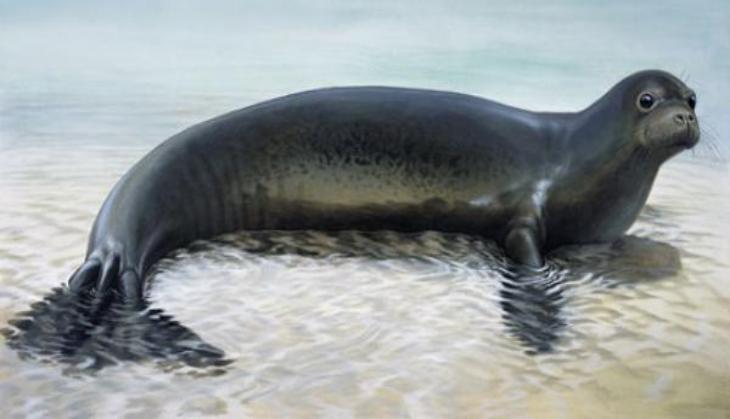
Although the last one seen alive was in 1952, it wasn't until 2008 that the Caribbean monk seal was finally declared extinct. Christopher Columbus recorded killing a few of these seals when he arrived in the Caribbean, and they were hunted extensively during the in the 1700s and 1800s for their blubber, which was used as oil for lamps and machinery
10) Mexican Grizzly Bear
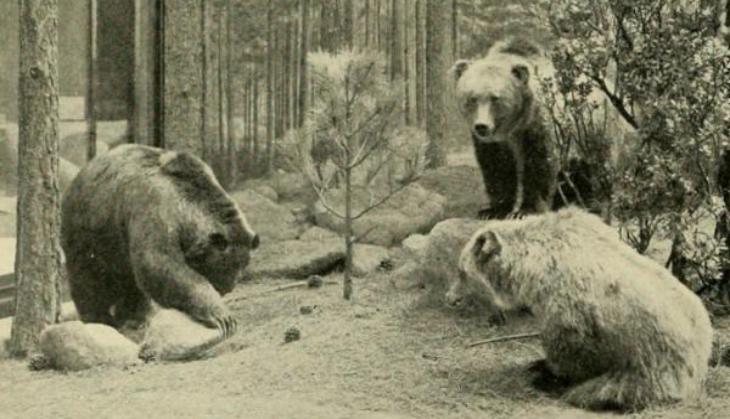
The Mexican subspecies of grizzlies was hunted to extinction by ranchers because the bears would kill their livestock. Only 30 were left by 1960, but by 1964 it was considered extinct.
11) Tasmanian Tigers
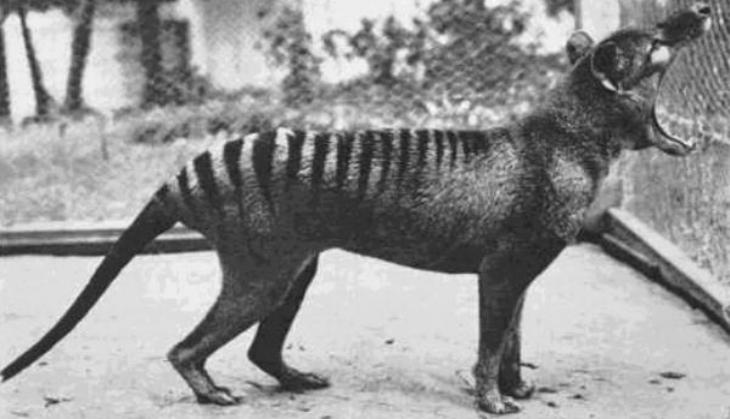
Know as Tasmanian tigers due to their stripes, thylacines were the largest modern carnivorous marsupial. They once existed across the Australian continent, but their habitat had been reduced to the island of Tasmania by the time European settlers arrived. Thylacines were believed to kill livestock and were often trapped and shot.
First published: 22 April 2016, 10:22 IST


![BJP's Kapil Mishra recreates Shankar Mahadevan’s ‘Breathless’ song to highlight Delhi pollution [WATCH] BJP's Kapil Mishra recreates Shankar Mahadevan’s ‘Breathless’ song to highlight Delhi pollution [WATCH]](https://images.catchnews.com/upload/2022/11/03/kapil-mishra_240884_300x172.png)

![Anupam Kher shares pictures of his toned body on 67th birthday [MUST SEE] Anupam Kher shares pictures of his toned body on 67th birthday [MUST SEE]](https://images.catchnews.com/upload/2022/03/07/Anupam_kher_231145_300x172.jpg)






